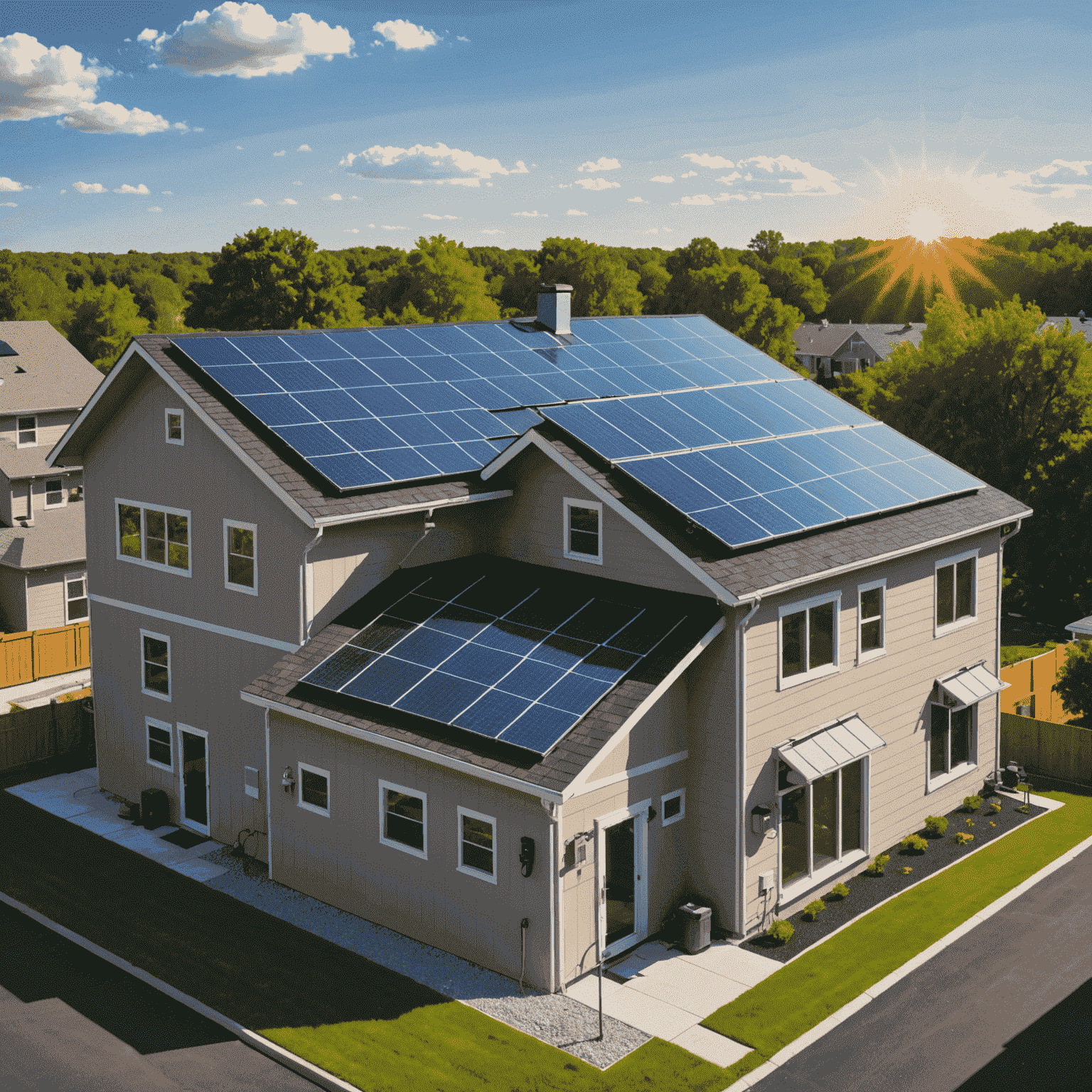Solar Panel Installation Guide

Installing solar panels is an excellent way to embrace green energy and reduce your home's carbon footprint while saving on energy costs. This comprehensive guide will walk you through the process of installing solar panels, helping you maximize efficiency and cost savings.
1. Assess Your Home's Solar Potential
Before diving into installation, it's crucial to determine if your home is suitable for solar panels:
- Check roof orientation: South-facing roofs in the Northern Hemisphere are ideal
- Evaluate roof condition: Ensure your roof is in good shape and won't need replacement soon
- Consider shading: Trees or nearby buildings can impact solar efficiency
2. Calculate Your Energy Needs
Review your past electricity bills to determine your average energy consumption. This will help you size your solar panel system appropriately.
3. Choose Your Solar Panels
Select high-quality solar panels that fit your budget and energy needs. Consider factors such as efficiency, warranty, and manufacturer reputation.
4. Obtain Necessary Permits
Check with your local authorities about required permits for solar panel installation. This may include building permits and electrical work approvals.
5. Install Mounting System
Securely attach the mounting rails to your roof, ensuring they're properly sealed to prevent leaks:
- Locate roof rafters for secure attachment
- Use appropriate flashing and sealants to waterproof all roof penetrations
6. Install the Solar Panels
Carefully place and secure the solar panels onto the mounting system:
- Follow manufacturer guidelines for spacing and alignment
- Ensure panels are level and properly oriented for maximum sun exposure
7. Wire the System
Connect the solar panels to your home's electrical system:
- Install the inverter in a cool, dry place
- Run conduit from the panels to the inverter and from the inverter to your electrical panel
- Install a proper disconnect switch for safety
8. Connect to the Grid
Have your utility company install a new meter and officially connect your system to the grid.
Tips for Maximizing Efficiency and Savings
- Regularly clean your solar panels to maintain optimal performance
- Monitor your system's output to quickly identify any issues
- Consider adding a battery storage system for increased energy independence
- Implement additional energy-saving measures in your home to reduce overall consumption
Remember:
While DIY installation can save money, professional installation ensures safety and optimal performance. Always consult with certified solar installers for the best results.
By following this guide and embracing green energy solutions, you're not only reducing your carbon footprint but also contributing to a more sustainable future. Solar panel installation is a significant step towards energy independence and long-term cost savings for your home.